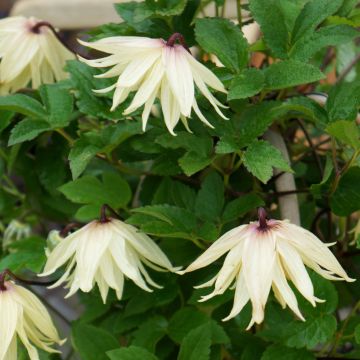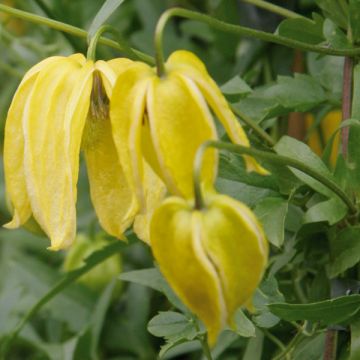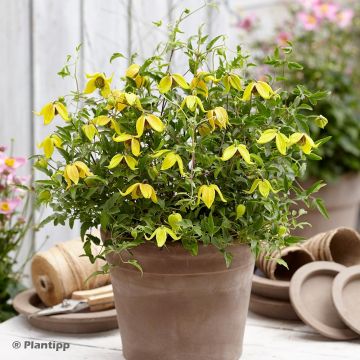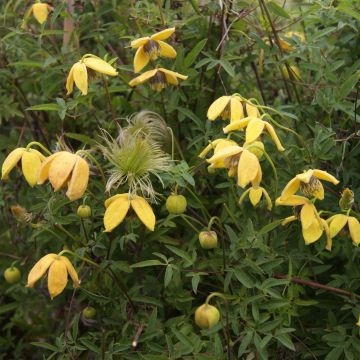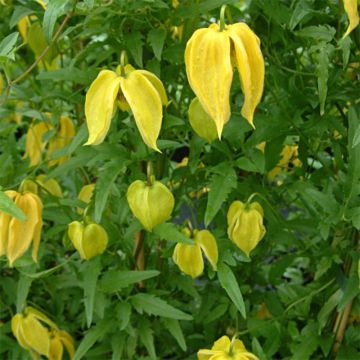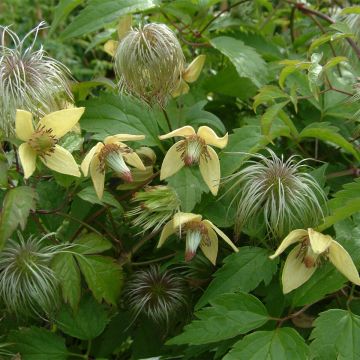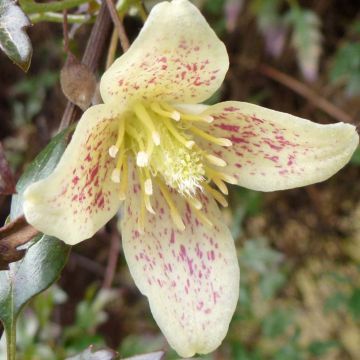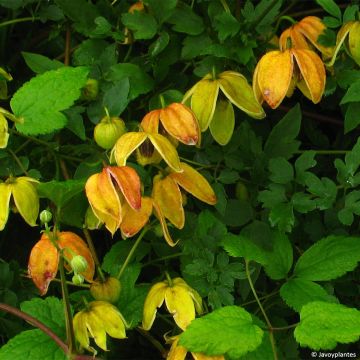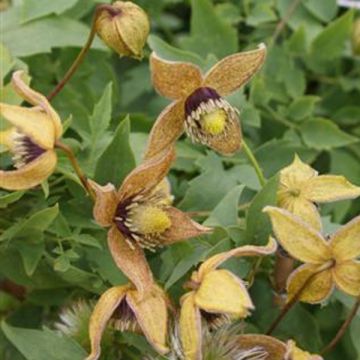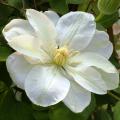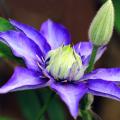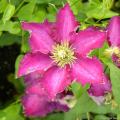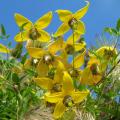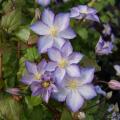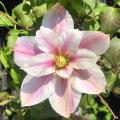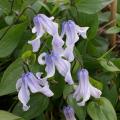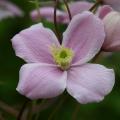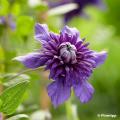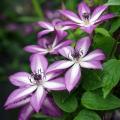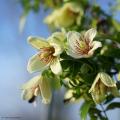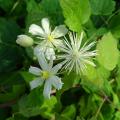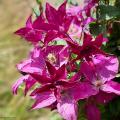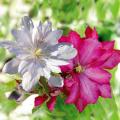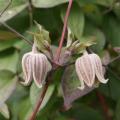Yellow and orange Clematis
Would this plant suit my garden? Set up your Plantfit profile →
Available in 2 sizes
Available in 1 sizes
Available in 1 sizes
Available in 1 sizes
Available in 2 sizes
Available in 1 sizes
Available in 1 sizes
Available in 1 sizes
Available in 1 sizes
Available in 1 sizes
Available in 1 sizes
Available in 1 sizes
Available in 1 sizes
Yellow and orange-flowered Clematis generally belong to the Clematis tangutica group, including C. tangutica, C. tibetana, and C. orientalis species, as well as the hybrid clematis 'Orange Peel'. These deciduous climbing plants have unique small bell-shaped flowers in shades of yellow to orange. Their late flowering appears on the current year's branches and they produce decorative silky plume-like fruits. The yellow colour is quite rare in clematis, but it can also be found in a few other wild species such as Clematis rehderiana, which is covered in small pastel yellow bell-shaped flowers. The double cream-coloured flowers of the Korean clematis 'Amber' are exceptional. And to create an extraordinary pot, discover the perennial variety 'Little Lemons', which has a low climbing habit and is particularly compact, adorned with inclined campanulate lemon-yellow flowers from May to September.
Clematis represent a genus rich in diversity, with varieties available in all colours, shapes, and sizes. Take advantage of their easy cultivation to give your garden or terrace a romantic and bohemian touch.
Haven't found what you were looking for?






































